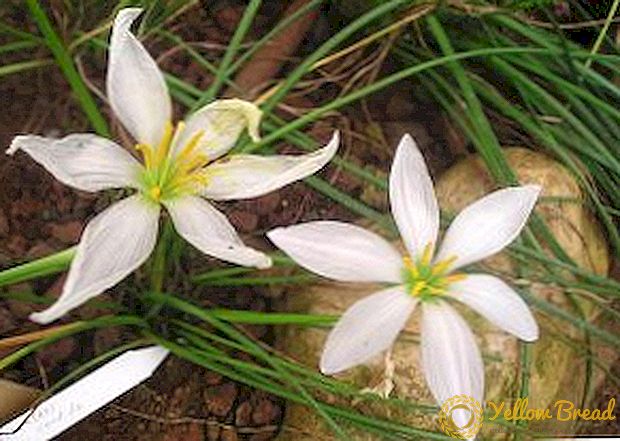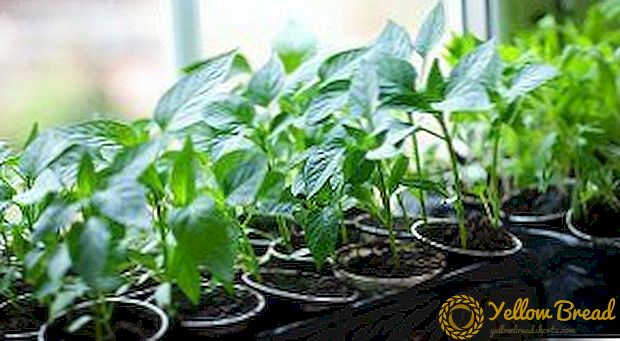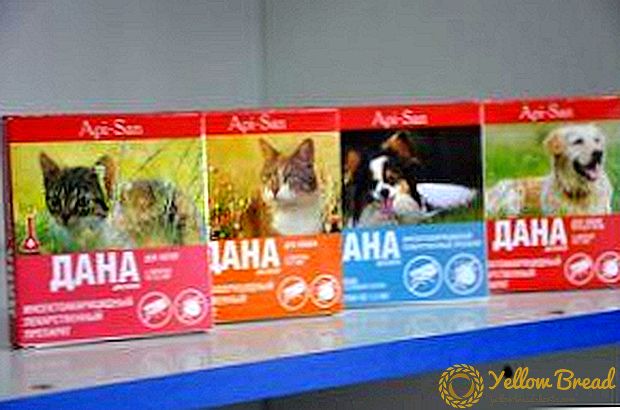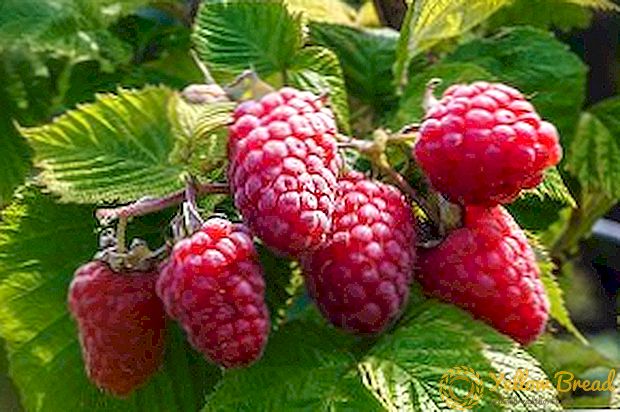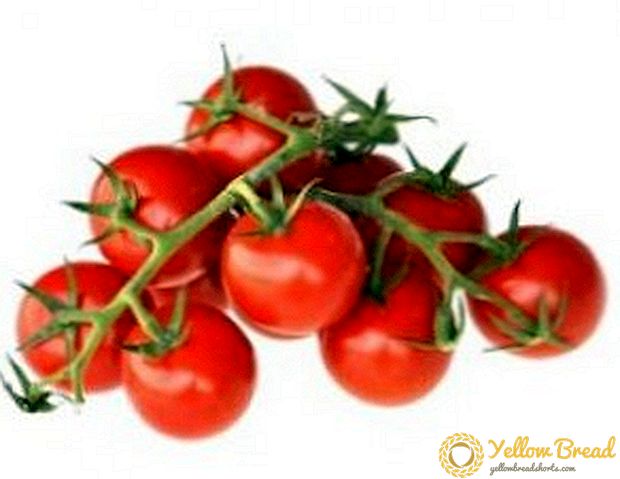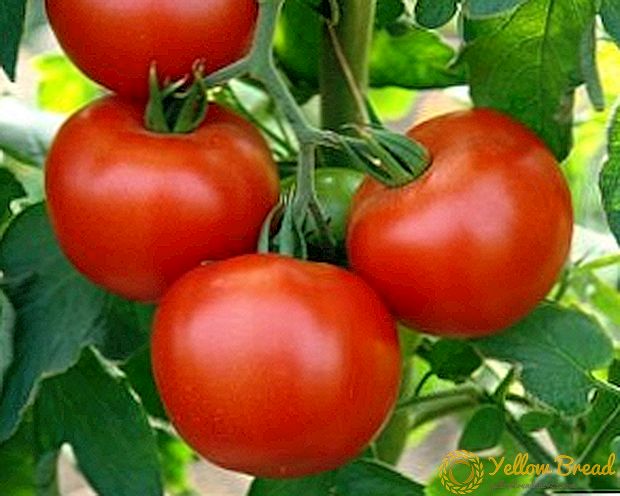 For the gardener and the gardener, the most important factor is the quality of the land in his plot.
For the gardener and the gardener, the most important factor is the quality of the land in his plot.
Different types of soil are distinguished by the following characteristics:
- structure;
- the ability to pass air;
- hygroscopicity;
- heat capacity;
- density;
- acidity;
- saturation with micro and macro elements, organic.
- Clayey
- Loamy
- Sandy
- Sandy
- Calcareous
- Peat
- Chernozems
Clayey


This is a land with a high density, a weakly pronounced structure, contains up to 80% clay, is slightly heated and releases water. Poor air passes, which slows the decomposition of organic matter in it. In the wet, slippery, sticky, plastic. From it, you can roll a 15-18 cm long bar, which is then easily rolled into a ring without cracks. Usually clay soils are acidified. It is possible to improve agrotechnical indicators of clay soil in stages, over several seasons.
- lime to reduce acidity and improve aeration - 0.3-0.4 kg per square meter. m, is made in the autumn period;
- sand for better moisture exchange, not more than 40 kg / square meter;
- peat to reduce density, increase looseness;
- ash for saturation with minerals;
- manure, compost to replenish organic reserves, 1.5-2 buckets per square meter. m per year.
This type of soil must be carefully loosened and mulched. Root crops, shrubs and trees with a developed root system grow quite well on clay soils.
Loamy


Externally similar to clay, but with the best characteristics for agriculture. Loam, if you want to visualize what it is, is the soil, which can also be rolled up in a damp state in a sausage and bent into a ring.A sample of loamy soil keeps its shape, but cracks. The color of loam depends on impurities and can be black, gray, brown, red and yellow.
Due to the neutral acidity, balanced composition (clay - 10-30%, sand and other impurities - 60-90%), the loam is quite fertile and versatile, suitable for growing almost all crops. The soil structure is distinguished by a fine-grained structure, which allows it to remain loose, to pass air well. Due to the admixture of clay loam long holds water.
To maintain the fertility of loams perform:
- mulching;
- fertilizing crops with fertilizers;
- introduction of manure for autumn digging.
Sandy


Light, loose, flowing sandy soil contains a high percentage of sand, does not retain moisture and nutrients.
The positive properties of sandstones include high breathability and rapid warming. On this ground grow well:
- fruit and berry trees;
- grapes;
- Strawberry;
- carrot;
- bow;
- currant;
- plants of the pumpkin family.
Sandstone can be cultivated by making viscosity additives:
- peat;

- humus;

- drilling and clay flour.

To save resources, there is another method of organizing the beds - a clay castle.
In place of the beds, a layer of clay of 5-6 cm is poured, on top of which a layer of fertile earth is applied - loam, chernozem, sandy loam soil into which plants are sown. A layer of clay will hold moisture and nutrients. If there is no fertile land for filling the beds, it can be replaced with improved sandstone mixed with additives for viscosity and fertility.
Sandy


To determine this type of soil, we also try to make a bagel from the damp earth. Sandy soil rolls into a ball, but it will not work to roll into a bar. The sand content in it is up to 90%, clay up to 20%.Another example of what are the soils that do not require costly and long reclamation. The substrate is lightweight, warms up quickly, retains heat well, moisture and organic matter, and is fairly easy to process.
It is necessary to choose zoned plant varieties for planting and maintain fertility:
- dosed application of mineral and organic fertilizers;
- mulching and green manure.
Calcareous


Soils of this species can be light and heavy, their disadvantages are:
- poverty is low in nutrients;
- low acidity;
- rockiness;
- quick drying
- potash fertilizer application;
- ammonium sulphate and urea enrichment to increase acidity;
- mulching;
- sideration;
- application of organic fertilizers.
Peat


These soils have high acidity, warm slightly, can become swampy.
At the same time they are quite easy to cultivate. Improving the physical and chemical properties of peat or marshy soil allows the introduction of:
- sand, clay flour - for the prevention of their lowering into the ground plot is deeply dug up;
- organic fertilizers - compost, slurry;
- microbiological additives - to accelerate the decomposition of organic matter;
- potassium phosphate fertilizers.
Currant, gooseberry, mountain ash, and strawberry yield high yields on peat soils.
Chernozems


They are considered reference in their properties soils. Possess a stable lumpy-grained structure. Long retain moisture. Very fertile, contain a lot of humus and minerals, but require competent use:
- fertilizers and green manure are applied to prevent their exhaustion;
- to reduce the density of the soil, peat and sand are added;
- to correct the acid-base balance make the appropriate mineral supplements.




